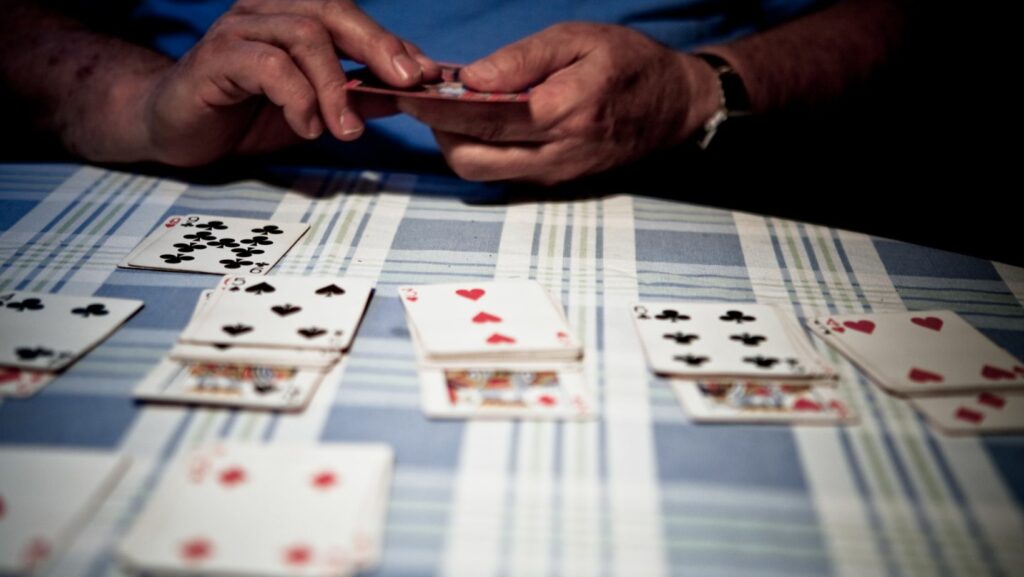
Understanding the Basics of Solitaire
Solitaire, often synonymous with the classic game Klondike, is a staple in the world of card games. Played by a single individual, the objective is to move all cards to a foundation, achieving order from a randomized deck. This guide aims to walk beginners through the basics of setting up and progressing through a game of Solitaire, ensuring a solid foundation for more complex strategies later.
Setting Up Your Solitaire Game
The setup for a standard game of Solitaire involves the following steps:
- Shuffle the Deck: Ensure your deck of 52 cards is thoroughly shuffled to maintain randomness in the game’s layout.
- Laying Out the Tableau: Deal cards face down to form seven tableau columns. The first column receives one card, the second column receives two cards, and so on, up to the seventh column, which receives seven cards. Flip the top card of each pile face up.
- The Stock and the Talon: The remaining cards form the stock (or hand), which will be used throughout the game to add cards to the tableau and foundation.
The Rules of Solitaire
Understanding the rules is crucial for playing effectively:
- Foundations: There are four foundation piles, each representing a suit. The objective is to build each from Ace to King.
- Tableau: Cards on the tableau must be arranged in descending order and alternating colors. For instance, a red six can be placed on a black seven.
- Stock and Talon: Cards from the stock are turned over, typically one at a time, to the talon. These can be played onto the tableau or foundations.
- Moving Cards: Only kings can be placed on empty tableau spaces. Properly ordered sequences of cards can be moved together as a unit within the tableau.
Tips for First-Time Players
- Focus on Exposing Cards: Always aim to reveal hidden cards. The more cards you see, the more options you have.
- Manage the Stockpile Effectively: Be strategic about using the stockpile. Avoid using cards from the stock too early if they cannot be played immediately.

- Plan Moves Ahead: Think about future moves and how current actions might limit or expand your possibilities.
For additional solitaire tips and tricks, visiting dedicated Solitaire blogs can provide you with insights and advanced strategies.
Why Play Solitaire?
Aside from being an enjoyable pastime, Solitaire can also help improve mental sharpness, problem-solving skills, and patience. It’s a game of strategy and luck, providing a balanced challenge that can be relaxing and intellectually stimulating.
Exploring Further Into Card Games
As you become more comfortable with Solitaire, you might find interest in other card games. Learn hearts rules and strategies to broaden your card game skills and enjoy new challenges.
Staying Current with Card Game Trends
Keeping up with the latest card game trends and strategies can enrich your experience.

Websites like CNN or BBC often feature articles on leisure activities and games, offering new perspectives and updates on classic games like Solitaire.
Conclusion
Starting Solitaire is just the beginning of a journey into the world of card games. With practice and strategic thinking, you can master this timeless game and enjoy countless hours of solo gameplay. Whether you’re looking to kill time or engage your brain, Solitaire offers a perfect blend of challenge and fun.



